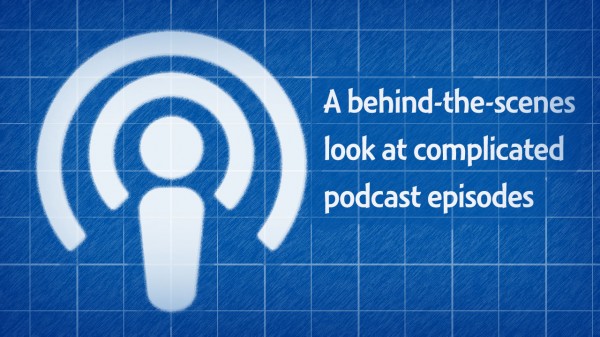
Hear from the inside and hindsight of how I planned and organized the massive 100th episode, and hear tips for working with any other complicated podcast with lots of feedback, notes, and ideas.
Please forgive all the personal pronouns as I share my own experience and shortcomings that can help you.
What I did well
It took some hard work to host episode 100, and I think some things worked really well.
I planned ahead
I knew that I wanted my 100th episode to be of great value, not just “happy milestone to me, I'm so great!” I reflected on how podcasting helped me on The Audacity to Podcast's second anniversary.
So I decided back before episode 84 what the 100th episode would be and how it would flow.
I requested feedback early and often
Things go better with planning. So the more planning you do, the early you can notify your audience of what they can do. And the early they knew what to do, the more time they have to do it.
Furthermore, the more often you remind your audience, the more likely they'll remember to do the thing you want them to do.
I created Chains and customized keyboard shortcuts in Audacity
All of the nearly 100 voicemails I used required the same, non-unique, repetitive tasks:
- Mixer stereo to mono.
- Normalize to -1 dB (to reduce clipping for the next step).
- Run Chris's Dynamic Compressor with settings that work for most voicemails.
- Renormalize to -1 dB.
My master guide was my draft shownotes in WordPress
Document, list, and collaboration tools like Google Drive (formerly Docs) or Workflowy (both free) can work great for preparing your outline and notes. But writing your notes directly into WordPress can help you get your formatting, links, and media all together where you'll need to to be for a quick publish.
I numbered my files and named them simply
Instead of naming each file after its tip, I simply numbered them and added the person's name. Then I referred to my master guide for arranging and knowing what each tip was.
I summarized everyone's feedback with their name and verified links
Written and audio feedback can be hard to remember without reading or hearing the whole thing. Write simple summaries of the feedback just to remind you.
I tried to keep the 100 tips to be tweet length.
What I should have done differently
If you watched me record episode 100 live, then you saw some glitches, hiccups, and confusions. Here are two major things that could have save a lot of frustration.
I should have sorted feedback earlier, as I received it
So many of my problems could have been saved if I hadn't procrastinated and had instead organized feedback as it came in. This would have allowed me to space out multiples, more accurately filter out duplicates, and plan ahead if I had gaps.
I should have rehearsed
Despite my complete notes, I still had some things mislabeled or in the wrong places. I could have prevented this if I had rehearsed ahead of time.
Need personalized podcasting help?
I no longer offer one-on-one consulting outside of Podcasters' Society, but
request a consultant here and I'll connect you with someone I trust to help you launch or improve your podcast.Ask your questions or share your feedback
- Comment on the shownotes
- Leave a voicemail at (903) 231-2221
- Email feedback@TheAudacitytoPodcast.com (audio files welcome)
Connect with me
- Subscribe to The Audacity to Podcast on Apple Podcasts or on Android.
- Join the Facebook Page and watch live podcasting Q&A on Mondays at 2pm (ET)
- Subscribe on YouTube for video reviews, Q&A, and more
- Follow @theDanielJLewis
Disclosure
This post may contain links to products or services with which I have an affiliate relationship and
may receive compensation from your actions through such links. However, I don't let that corrupt my perspective and I don't recommend only affiliates.
